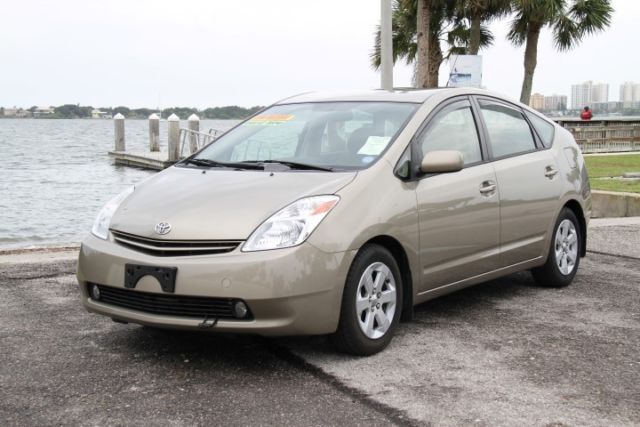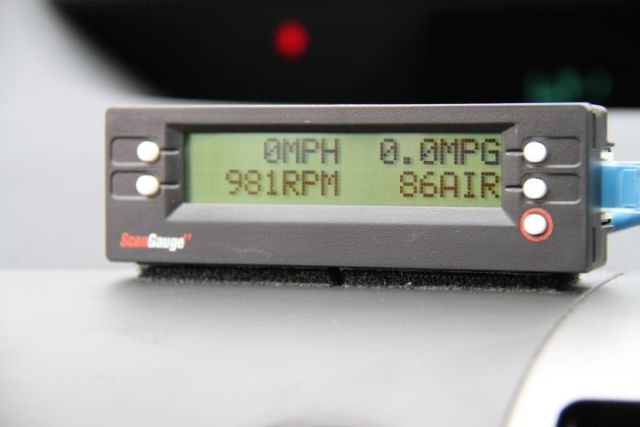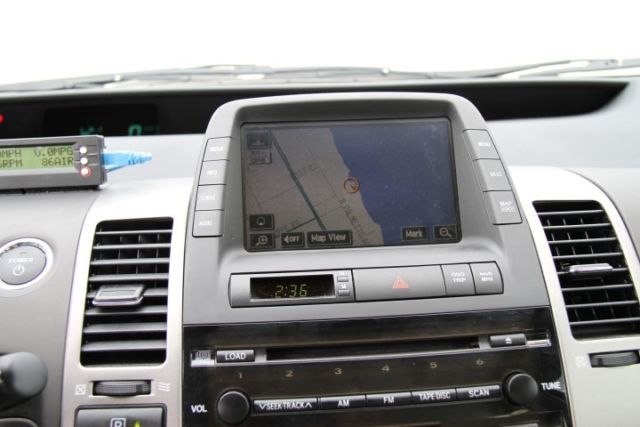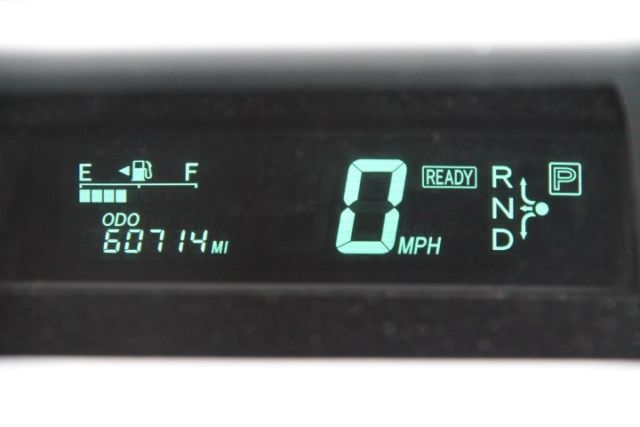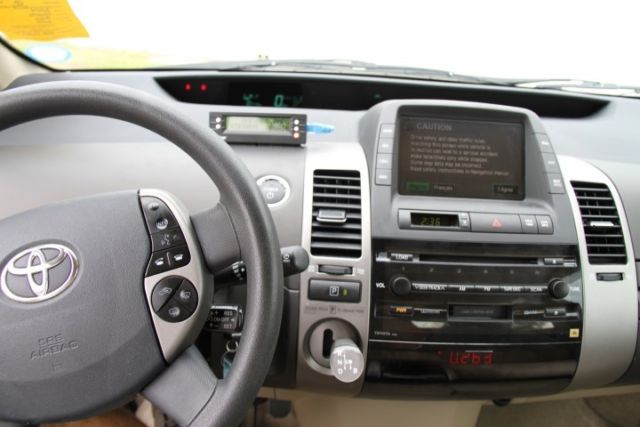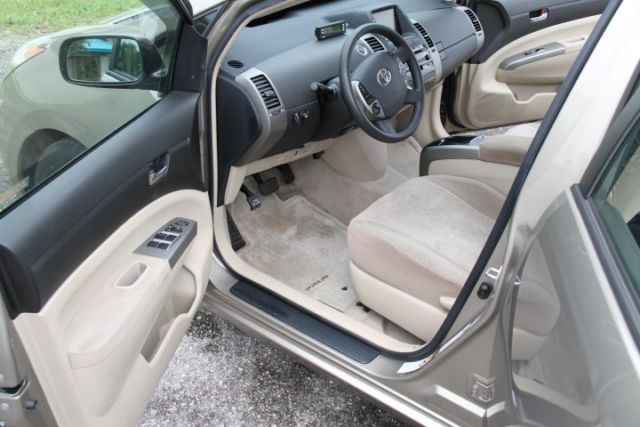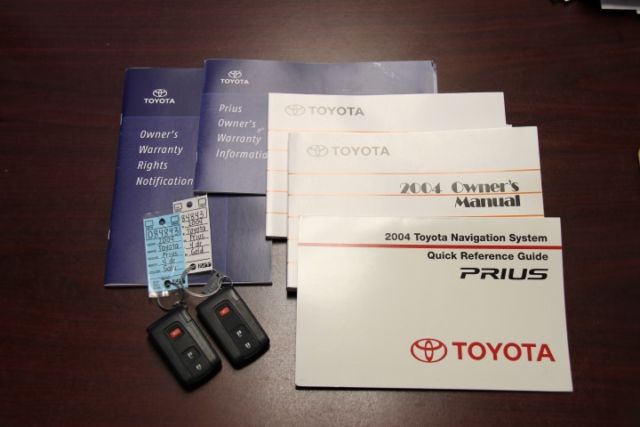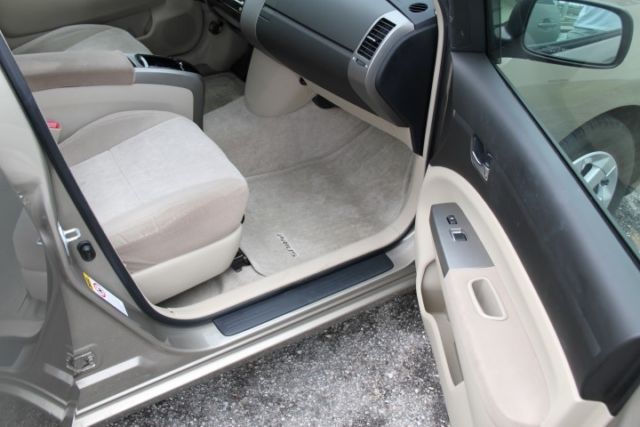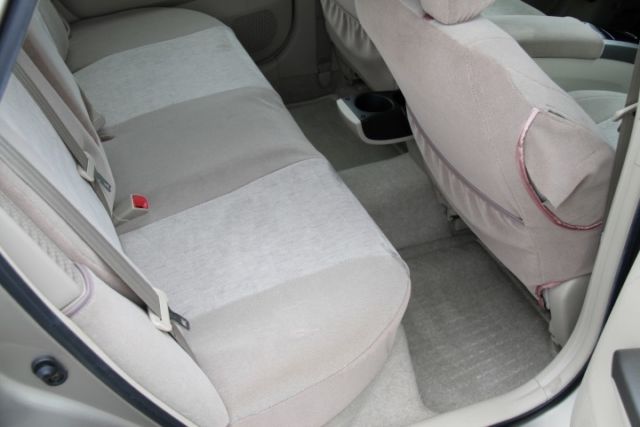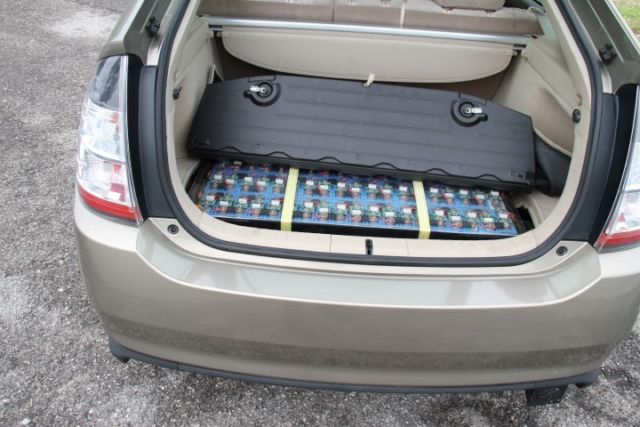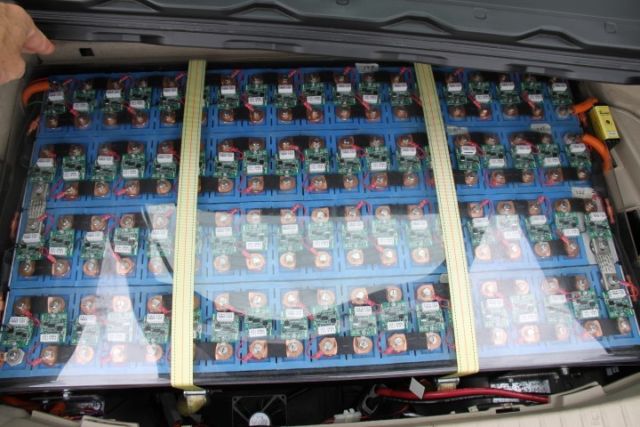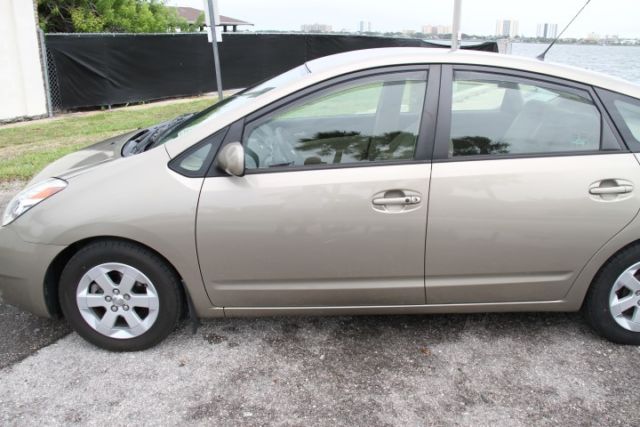2004 Toyota Prius Base Hatchback 4-Door 1.5L
- Make: Toyota
- Model: Prius
- Type: Hatchback
- Trim: Base Hatchback 4-Door
- Year: 2004
- Mileage: 61,000
- VIN: JTDKB20U740084843
- Engine size: 1.5L 1497CC l4 ELECTRIC/GAS DOHC Naturally Aspirated
- Number of cylinders: 4
- Power options: Air Conditioning, Cruise Control, Power Locks, Power Windows
- Fuel: Hybrid-Electric
- Transmission: Automatic
- Drive type: FWD
- Interior color: Tan
- Safety options: Anti-Lock Brakes, Driver Airbag, Passenger Airbag
- Options: CD Player
- Vehicle Title: Clear
- Interested?
2004 Toyota Prius Description
2004 Toyota Prius
One Owner
Only 61,000 miles
$8995 10 kw plug in conversion with 7 years left on warranty
Navigation
Scan Gauge
Loaded with options
Extra clean car
Call Joe with any questions 386-334-7000
- Home
- Specs
- Gallery
- Pricing
- BMS
- DIY
- Installation
- Testimonials
- Test Results
- FAQ
- About
- Competitors
| Usable Capacity | 3.9 kWh | 7.3 kWh | 9.72 kWh |
| Range Per Charge | 20 mi (32 km) | 37 mi (47 km) | 50 mi (81 km) |
| Charge Time @ 120V (@ 240V) | 2.6 hours (1.6 hours) | 5.0 hours (3.0 hours) | 10.0 hours (5.0 hours) |
| J1772 Capable | Yes | Yes | Yes |
| Number of Modules | 4 | 4 | 4 |
| Weight of Module | 29 lb (13 kg) | 48.5 lb (22 kg) | 72 lb (37 kg) |
| Weight of Battery | 116 lb (52 kg) | 194 lb (88 kg) | 289 lb (131 kg) |
| Size of Module | 30 x 6.25 x 3.5 in 762 x 159 x 89 mm | 31.5 x 7.5 x 4 in 800 x 191 x 102 mm | 35 x 8 x 5 in 889 x 203 x 127 mm |
| Cell Type | Headway 8 Ah cylindrical 152 Cells | Headway 15 Ah cylindrical 152 Cells | Headway 40 Ah prismatic |
| Battery Chemistry | LiFePO4 | LiFePO4 | LiFePO4 |
| Usable Capacity | 3.3 kWh | 6.2 kWh |
| Range Per Charge | 15 mi (24 km) | 30 mi (48 km) |
| Charge Time @ 120V (@ 240V) | 2 hours (1 hour) | 6.5 hours (3.2 hours) |
| J1772 Capable | Yes | Yes |
| CHAdeMO Capable | Yes | Yes |
| Number of Modules | 4 | 4 |
| Weight of Module | 24 lb (11 kg) | 48 lb (22 kg) |
| Weight of Battery | 95 lb (43 kg) | 190 lb (86 kg) |
| Size of Module | 24 x 6.25 x 3.5 in 610 x 159 x 89 mm | 24 x 6.25 x 7 in 610 x 159 x 178 mm |
| Cell Type | 8 Ah cylindrical | 8 Ah cylindrical |
| Battery Chemistry | LiFePO4 | LiFePO4 |
| Usable Capacity | 3.3 kWh | 6.2 kWh |
| Range Per Charge | 19 mi (31 km) | 36 mi (58 km) |
| Charge Time @ 120V (@ 240V) | 3 hours (1.5 hours) | 6 hours (3 hours) |
| J1772 Capable | Yes | Yes |
| CHAdeMO Capable | Yes | Yes |
| Number of Modules | 4 | 4 |
| Weight of Module | 24 lb (11 kg) | 48 lb (22 kg) |
| Weight of Battery | 95 lb (43 kg) | 190 lb (86 kg) |
| Size of Module | 24 x 6.25 x 3.5 in 610 x 159 x 89 mm | 24 x 6.25 x 7 in 610 x 159 x 178 mm |
| Cell Type | 8 Ah cylindrical | 8 Ah cylindrical |
| Battery Chemistry | LiFePO4 | LiFePO4 |
When the add-on lithium battery pack in your Plug-In Supply plug-in hybrid conversion is empty your car reverts to being a normal hybrid vehicle. You will not be stranded by an empty battery. This feature is standard on all Plug-In Supply plug-in hybrid conversion systems.
100% EfficientPlug-In Supply uses high power contactors to connect the add-on battery pack to the factory battery pack. This results in 100% efficient energy transfer to the car. Other designs use inefficient and unreliable DC to DC converters that turn the electricity into waste heat instead of increasing mileage.
Fail Safe DesignOur controller monitors the contactors for failure. If a failure occurs, the system is turned off and the car becomes a normal Prius. With this system the add-on battery pack and the factory battery pack cannot be overcharged.
Modular DesignOur plug-in hybrid conversion system is a modular design. This allows individual components to be upgraded and repaired quickly. The battery box, software, controls, and charger are separate components that are designed to work together. Customers can choose from several manufacturers of lithium iron phosphate cells and different sizes of chargers.
Easier InstallationNo more engine hoist! You no longer need an engine hoist to install our 10 KW plug-in hybrid conversion system in a Prius.
CapacityWe name our lithium battery packs after the usable energy they deliver per discharge cycle. We call our large Prius pack "10 KW" because it delivers 10 kW-hr of usable energy from each charge cycle. Leaving some energy in the pack after a complete discharge is good for the pack and ensures a long service life. The amount of energy left is described as Depth of Discharge. Plug-In Supply systems are designed for 80% to 90% Depth of Discharge. The actual capacity of the 10 KW pack is 11 to 12 kW-hr depending on which cells are in the pack. The service life of a Plug-In Supply lithium iron phosphate battery pack is many thousands of cycles.
The current generation of hybrid cars have large gas engines and small battery packs. Think of it as the gas engine being the primary drive while the electric motor is the secondary drive. We believe that, over time, this will reverse. Traction batteries will grow more and more powerful while the gas engine will shrink in size, until finally, it disappears altogether.
You can drive the future today. Plug-In Supply plug-in hybrid conversion systems add a large battery pack to your hybrid car and our software makes the electric motor the primary drive and the gas engine the secondary drive.
Do It Yourself (DIY)Now you can safely assemble your own high-power battery packs using our advanced components and designs. Our modular design lends itself to many applications from electric cars to stand-by power packs for off-grid use.
CellsCustomers can specify which lithium cells are used to build their plug-in conversion battery pack. We use lithium iron phosphate (LiFePO4) cells from CALB, GBS, Headway, Thundersky, and Winston. All have excellent quality and long service life. Price may vary depending on availability.
Discharge PowerOur 10 KW plug-in hybrid conversion system injects up to 200 amps into the Prius electric drive system. During normal operation it typically injects 100 to 135 amps continuously. Compare this to the 14 amps a Hymotion or Enginer system injects into the Prius. Plug-In Supply deliversten times the powerof Hymotion and Enginer. This allows our plug-in conversion system to keep the car in EV mode for extended periods of time.
Battery Management System (BMS)A battery management system (BMS) is an essential part of a lithium iron phosphate (LiFePO4) battery pack. Without one the cells will eventually destroy themselves. We use our ownPlug-In Supply designed BMS.
SoftwarePlug-In Supply customers receive free software upgrades.
EV ModePlug-In Supply developed a pure EV mode for the Gen 2 Prius. From our first lead-acid systems onwards we gave customers the ability to drive in pure EV mode faster than 34 MPH.
Automatic EVTM: When the system is on the car operates in EV mode, automatically, whenever possible. When you need more power — to climb a hill or pass a car — the gas engine comes on to provide that power. When the need for more power is gone, the gas engine turns off. When it's not needed the gas engine is in hot stand-by mode. This means the gas engine is off but warm and available to provide power instantly without high emissions due to a cold engine start.
Max RegenTMMax RegenTMstands for maximum regenerative energy capture. This means electricity produced by the vehicle during braking is fed back into the add-on lithium battery pack where it's saved for future use. This can increase your range by 10%. Competitors like Hymotion and Enginer use a DC to DC converter that cannot capture regen.
ChargingWith our modular design customers can choose from several different battery chargers. Some offer faster charging of the add-on lithium iron phosphate battery pack.
High QualityOur products are made using the highest quality components that are rated for Industrial Service (I-temp). Established sub-contractors make our sub-assemblies and wire harnesses. Final assembly and test is done by Plug-In Supply.
Made in AmericaWhenever possible we use parts made in the USA and American-based suppliers. Final assembly and test is done in America by Plug-In Supply. You get what you pay for. The best.
Plug-In Conversion System WarrantyPlug-In Supply provides a 3 year warranty on parts made by Plug-In Supply, a 2 year warranty on the lithium iron phosphate (LiFePO4) cells from the cell manufacturer, and a 1 year warranty on the charger from the charger manufacturer. This warranty does not cover the cost of labor to make repairs. If you do the conversion yourself, when your DIY plug-in hybrid conversion is complete you will have the same 3 year warranty that the factory-built systems have.
Copyright © 2016 Plu
 2005 Toyota Prius Base Hatchback 4-Door 1.5L 2004 2006 2007
2005 Toyota Prius Base Hatchback 4-Door 1.5L 2004 2006 2007
Mileage: 162,652
 2010 Toyota Prius Base Hatchback 4-Door 1.8L, Hard to Find Prius IV
2010 Toyota Prius Base Hatchback 4-Door 1.8L, Hard to Find Prius IV
Mileage: 31,235
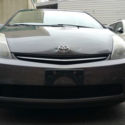 2008 Toyota Prius Base Hatchback 4-Door 1.5L
2008 Toyota Prius Base Hatchback 4-Door 1.5L
Mileage: 92,575
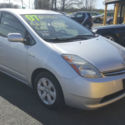 2007 Toyota Prius Base Hatchback 4-Door 1.5L
2007 Toyota Prius Base Hatchback 4-Door 1.5L
Mileage: 121,500
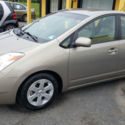 2005 Toyota Prius Base Hatchback 4-Door 1.5L
2005 Toyota Prius Base Hatchback 4-Door 1.5L
Mileage: 156,254
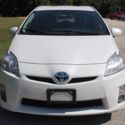 2010 Toyota Prius II Base Hatchback 4-Door 1.8L
2010 Toyota Prius II Base Hatchback 4-Door 1.8L
Mileage: 195,000
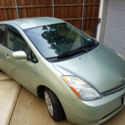 2006 Toyota Prius Base Hatchback 4-Door 1.5L
2006 Toyota Prius Base Hatchback 4-Door 1.5L
Mileage: 114,800
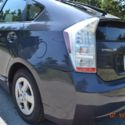 2010 Toyota Prius Base Hatchback 4-Door 1.8L
2010 Toyota Prius Base Hatchback 4-Door 1.8L
Mileage: 61,740
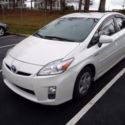 2011 Toyota Prius Base Hatchback 4-Door
2011 Toyota Prius Base Hatchback 4-Door
Mileage: 66,650
 2008 Toyota Prius Base Hatchback 4-Door
2008 Toyota Prius Base Hatchback 4-Door
Mileage: 208,502
